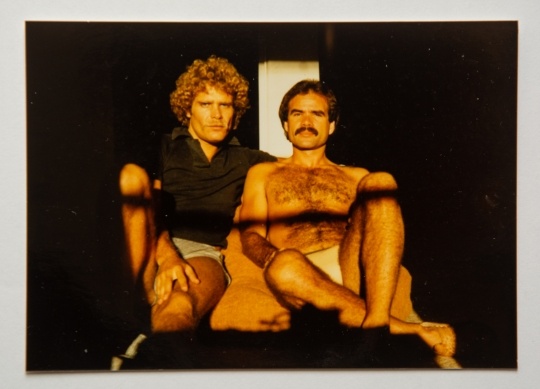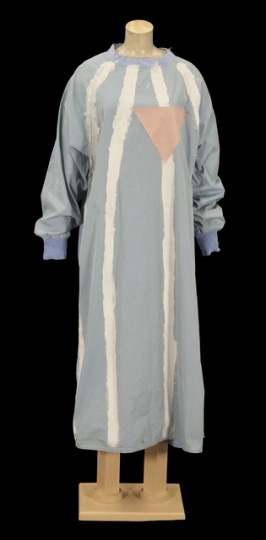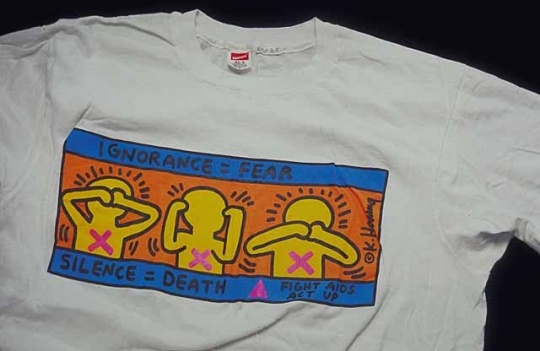HIV/AIDS Crisis, 1981‒1997
Bibliography
“AIDS statistics in Minnesota.” Minneapolis GLC Voice, January 16, 1989.
AMFAR. Thirty Years of HIV/AIDS: Snapshots of an Epidemic.
https://www.amfar.org/thirty-years-of-hiv/aids-snapshots-of-an-epidemic
Campbell, Tim. “Bill Runyon’s Day for AIDS Awareness.” Minneapolis GLC Voice, March 3, 1986.
Campbell, Tim. “Bill Runyon Dies Following Tribute; Service Tuesday.” Minneapolis GLC Voice, March 17, 1986.
Campbell, Tim. “Bruce Brockway, Pianist, Sire of Gay Press in MN, Police Reporter, Friend of Refugees, Dies of AIDS.” Minneapolis GLC Voice, September 4, 1984.
Clare Housing. The Impossible Journey of Michael Reinbold.
https://www.clarehousing.org/front-door/impossible-journey
“Don Gillis Dies of AIDS.” Minneapolis GLC Voice no. 162, April 6, 1987.
“Dutch Person With AIDS Wins Waiver.” Minneapolis GLC Voice, April 17, 1989.
Emerson, Elizabeth. “AIDS/STDs.” In Public Health Is People: A History of the Minnesota Department of Health from 1949 to 1999, 338‒345. St. Paul: Minnesota Department of Health, 2009.
https://www.health.state.mn.us/about/history
“Falwell’s New Homophobic Campaign.” Minneapolis GLC Voice no. 269, September 16, 1991.
“Gay Councilman Brian Coyle Says ‘Bathhouse Must Go!’” Minneapolis GLC Voice, February 15, 1988.
JustUs Health. Our History: Formation of JustUs Health.
https://rainbowhealth.org/about/our-history/
Louwagie, Pam. “Obituary: William Rowe: Anthropology Professor, Founder of Open Arms of Minnesota.” Minneapolis Star Tribune, March 12, 2016.
“Forced Testing, Contact Tracing, End to Medical Confidentiality, Record Keeping Coming to Minnesota.” Minneapolis GLC Voice, May 4, 1987.
Olson, Debra. “Monk Finds New Life Helping Men Fight AIDS.” St. Cloud Times, June 5, 1988.
Open Arms of Minnesota. Bill Rowe, Founder of Open Arms, Passes Away.
https://www.openarmsmn.org/bill-rowe-founder-of-open-arms-passes-away/
Strege, Debra. “1,112 + Dying with AIDS, Press Coverage Remains Sparse.” Minneapolis GLC Voice, March 21, 1983.
Zonana, Victor F. “Dutch AIDS Patient Freed, Travels to S.F.” Los Angeles Times, April 9, 1989.
Chronology
June 1982
October 1982
April 1983
August 28, 1984
1985
1985
1986
1986
March 13, 1986
1987
May 25, 1987
1987
1988
July 16, 1988
April 2, 1989
Bibliography
“AIDS statistics in Minnesota.” Minneapolis GLC Voice, January 16, 1989.
AMFAR. Thirty Years of HIV/AIDS: Snapshots of an Epidemic.
https://www.amfar.org/thirty-years-of-hiv/aids-snapshots-of-an-epidemic
Campbell, Tim. “Bill Runyon’s Day for AIDS Awareness.” Minneapolis GLC Voice, March 3, 1986.
Campbell, Tim. “Bill Runyon Dies Following Tribute; Service Tuesday.” Minneapolis GLC Voice, March 17, 1986.
Campbell, Tim. “Bruce Brockway, Pianist, Sire of Gay Press in MN, Police Reporter, Friend of Refugees, Dies of AIDS.” Minneapolis GLC Voice, September 4, 1984.
Clare Housing. The Impossible Journey of Michael Reinbold.
https://www.clarehousing.org/front-door/impossible-journey
“Don Gillis Dies of AIDS.” Minneapolis GLC Voice no. 162, April 6, 1987.
“Dutch Person With AIDS Wins Waiver.” Minneapolis GLC Voice, April 17, 1989.
Emerson, Elizabeth. “AIDS/STDs.” In Public Health Is People: A History of the Minnesota Department of Health from 1949 to 1999, 338‒345. St. Paul: Minnesota Department of Health, 2009.
https://www.health.state.mn.us/about/history
“Falwell’s New Homophobic Campaign.” Minneapolis GLC Voice no. 269, September 16, 1991.
“Gay Councilman Brian Coyle Says ‘Bathhouse Must Go!’” Minneapolis GLC Voice, February 15, 1988.
JustUs Health. Our History: Formation of JustUs Health.
https://rainbowhealth.org/about/our-history/
Louwagie, Pam. “Obituary: William Rowe: Anthropology Professor, Founder of Open Arms of Minnesota.” Minneapolis Star Tribune, March 12, 2016.
“Forced Testing, Contact Tracing, End to Medical Confidentiality, Record Keeping Coming to Minnesota.” Minneapolis GLC Voice, May 4, 1987.
Olson, Debra. “Monk Finds New Life Helping Men Fight AIDS.” St. Cloud Times, June 5, 1988.
Open Arms of Minnesota. Bill Rowe, Founder of Open Arms, Passes Away.
https://www.openarmsmn.org/bill-rowe-founder-of-open-arms-passes-away/
Strege, Debra. “1,112 + Dying with AIDS, Press Coverage Remains Sparse.” Minneapolis GLC Voice, March 21, 1983.
Zonana, Victor F. “Dutch AIDS Patient Freed, Travels to S.F.” Los Angeles Times, April 9, 1989.









.jpg?width=200&height=200&name=Bruce%20Brockway%20Minnehaha%20Falls%201980%20(1).jpg)





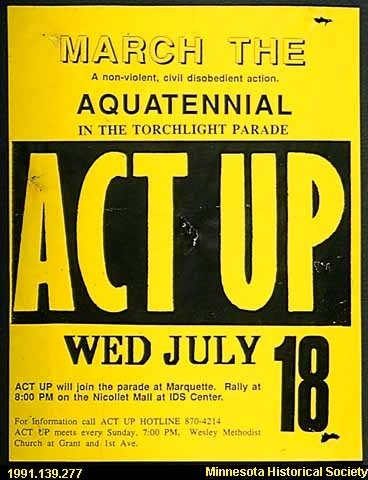
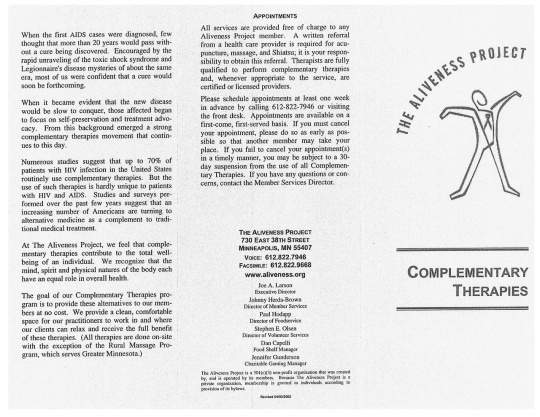

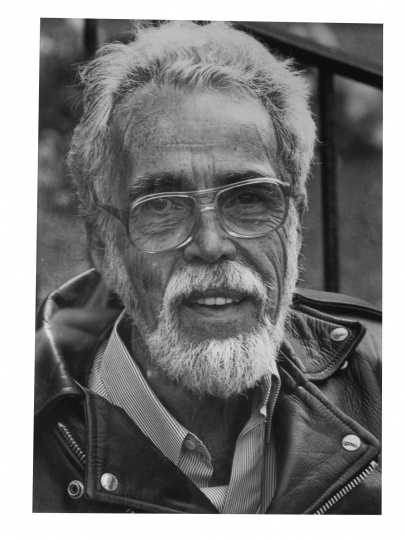
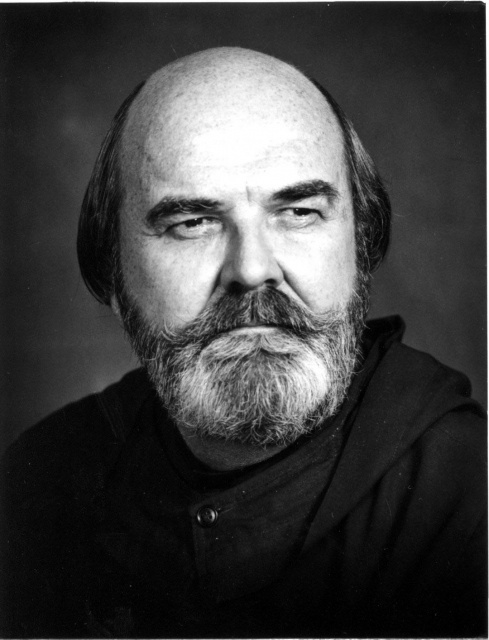

.jpg)
